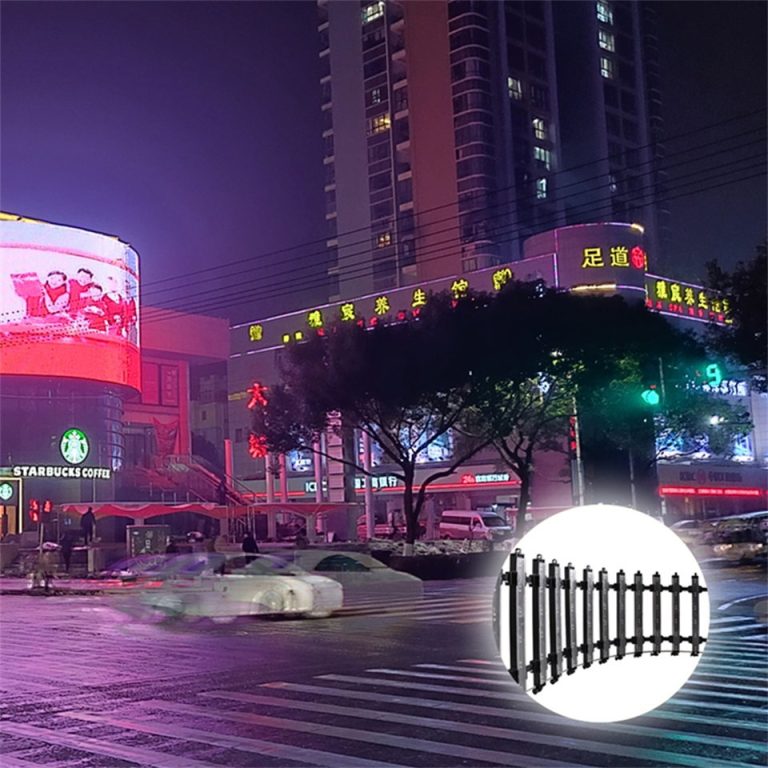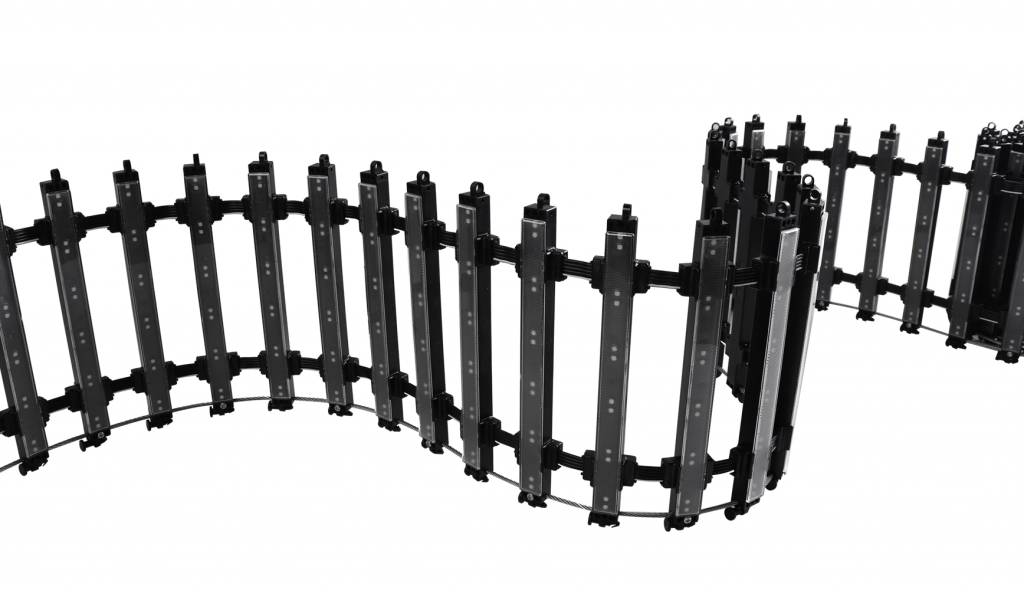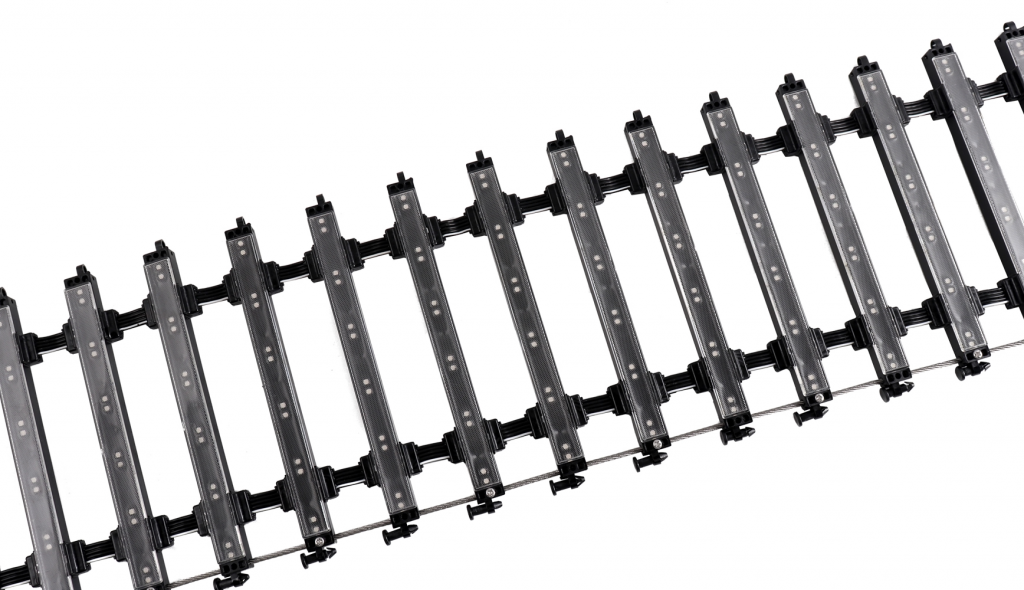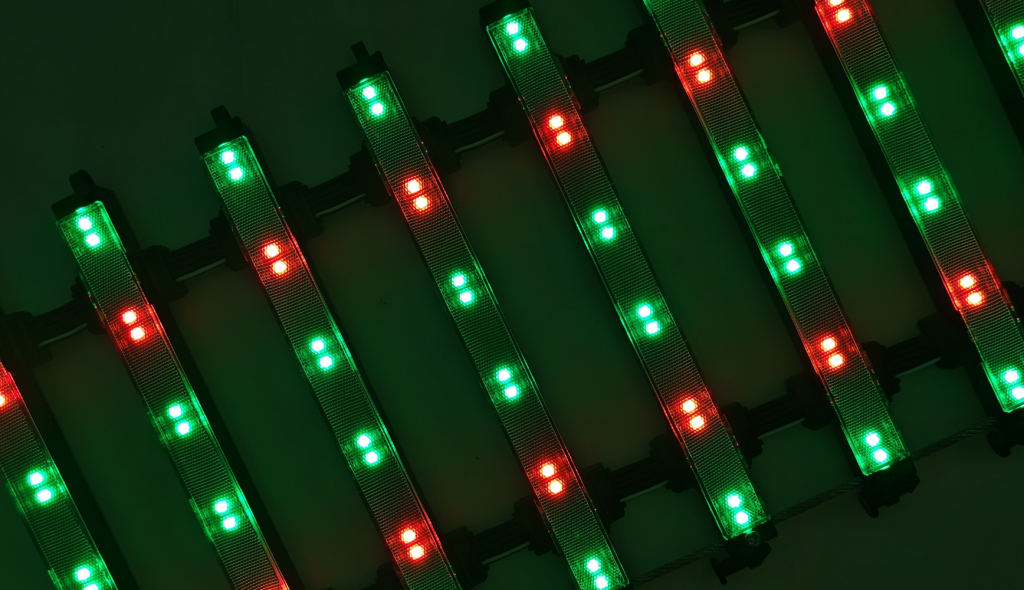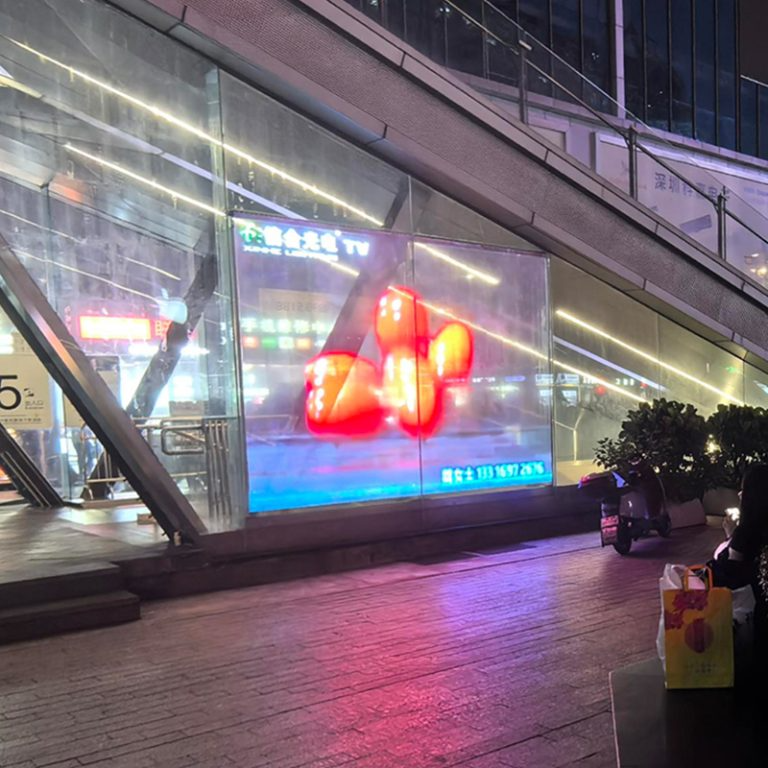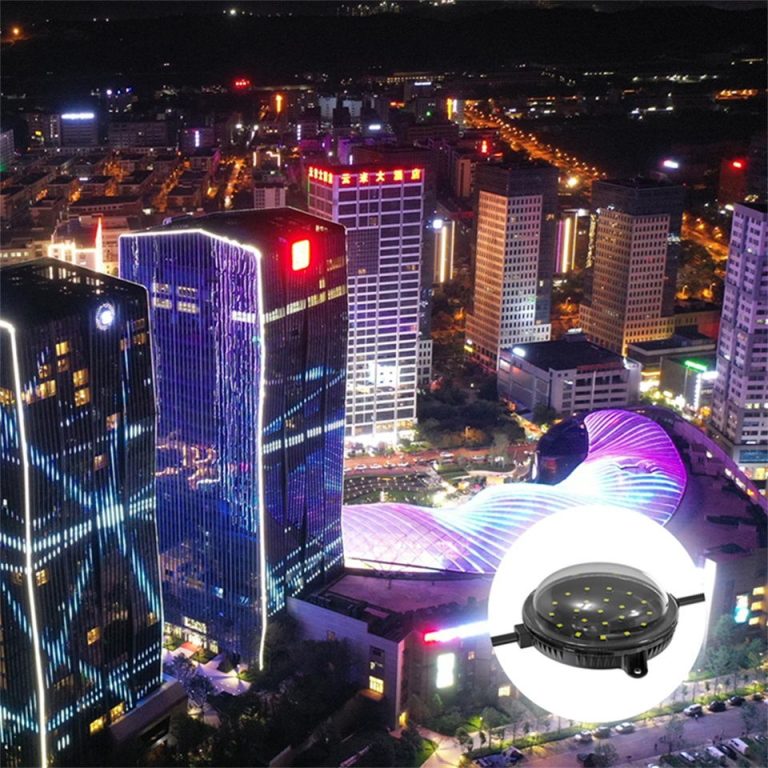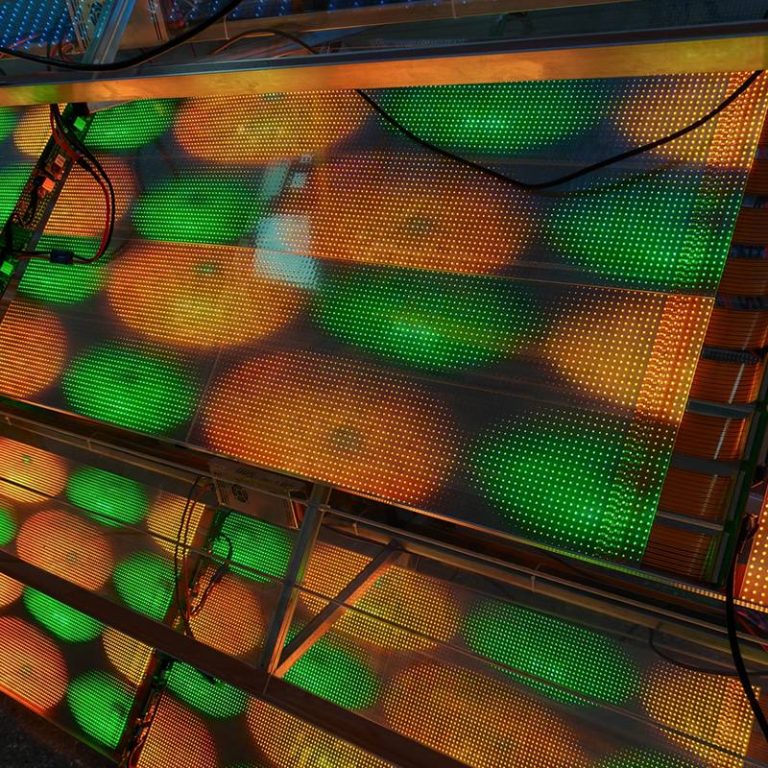Introduction: When a Big Screen Changes What People Buy
Walk through any busy city—New York, Shenzhen, Dubai, doesn’t matter—and you’ll notice something right away. The streets are filled with huge digital screens lighting up tall buildings. Some play short ads. Others run full video stories. A few even wrap around entire facades.
These giant screens aren’t just for show. They change the way people look at brands. They nudge customers to stop, think, and sometimes buy something they hadn’t even planned on. In dense urban spaces where thousands walk by each hour, a single screen can influence more decisions than a traditional billboard does in an entire week.
This article takes a closer look at how giant screen advertising shapes consumer buying behavior, why it works so well in cities, and why more businesses—big and small—are turning to this type of visual communication.
1. What Makes Giant Screens So Influential in City Environments?
Most city centers bombard people with noise, signs, traffic, and movement. So why do giant screens still stand out?
Because motion and light always win.
Our eyes naturally follow brightness and moving visuals. Even if someone isn’t looking for ads, a large LED screen pulls them in without trying.
Common reactions people make when passing a giant screen:
- They pause for a second
- They glance again to see the full image
- They take a photo or video
- They talk about the ad with a friend
- They later search the brand online
This chain of reactions is exactly what pushes a person from just seeing an ad to considering a product.
2. How Giant Screens Affect Buying Decisions
2.1. Emotional Impact: People Buy What They Feel
Unlike posters or banners, a giant screen can show faces, color shifts, fast clips, and full stories. These emotional cues shape how customers feel.
Example from real urban behavior:
A restaurant near a busy square placed a giant screen showing slow-motion shots of its food being prepared. Pedestrians reported feeling hungry even after they had already eaten. Sales during peak hours rose simply because the screen triggered cravings.
Emotions affect:
| Emotion Triggered | Consumer Reaction |
| Happiness | Impulse buying increases |
| Curiosity | Online search jumps |
| Trust | Higher chance of visiting a store |
| Desire | Faster purchase decisions |
When a screen fills a giant wall, emotions get louder—and buying gets quicker.
2.2. Brightness and Clarity Influence Trust
People often trust brands that “look bigger.”
In simple terms, if a brand is bold enough to appear on a massive screen, people assume it’s reliable.
This mindset is common in cities where:
- Thousands see the same ad
- The screen runs day and night
- The visuals stay crisp even in sunlight
Trust leads to interest, and interest leads to buying.
2.3. Repetition Without Feeling Repetitive
Giant screens run content constantly. But because the visuals move, change colors, and include motion, the audience doesn’t feel like they’re watching the same ad over and over.
This helps with memory retention:
- A traveler sees the screen in the morning
- A worker passes by again in the afternoon
- A shopper sees it again the next day
By the time they need that product, the brand is already stuck in their mind.
3. How Urban Settings Boost the Power of Giant Screens
3.1. High Foot Traffic = High Influence
In busy areas—traffic junctions, malls, business districts—giant screens reach thousands of people per hour. Many are potential buyers.
Real scenario:
A screen placed at a popular train station displayed a new coffee brand. Sales at nearby vending points increased noticeably simply because people saw the ad while waiting for the train.
3.2. People Spend More Time Looking Up
Urban spaces naturally push people to look upward:
- tall buildings
- Signage
- architecture
- Screens
This upward gaze makes giant screen ads more likely to be seen at eye-catching angles.
3.3. Nighttime Visibility Boosts Impact
Giant LED screens glow brightly at night, giving ads a “cinematic” feel. Cafes, stores, and entertainment venues often rely on this evening impact, when people are more relaxed and willing to make spontaneous decisions.
4. Why Transparent or Flexible Giant Screens Fit Modern Buildings
Modern architecture now prefers glass facades, open views, and lightweight materials. Traditional screens block windows and darken interiors.
That’s why transparent LED screens and flexible grid screens are becoming popular. They allow:
- indoor light to stay natural
- outer visuals to stay clean
- ads to run without blocking views
- better blending with a building’s design
For stores and brand centers that want to advertise without covering their windows, this technology solves a major pain point.
5. What Businesses Gain by Using Giant Screens
5.1. Stronger Brand Presence
When a brand appears big, people think the brand is big.
5.2. Higher Sales Conversion
People are more likely to buy when visuals are clear and appealing.
5.3. Better Storytelling Opportunities
Videos allow storytelling in a way static posters can’t.
5.4. More Flexibility in Marketing
Businesses can:
- change ads instantly
- run day/night campaigns
- target passing traffic
- show seasonal promotions
All without changing physical signs.
6. Shenzhen XinHe Lighting Optoelectronics Co., Ltd — A Supplier of Modern Giant Screen Solutions
Shenzhen XinHe Lighting Optoelectronics Co., Ltd provides a range of LED screen solutions, including flexible transparent screens, grid-style giant screens, and lightweight facade screens suitable for large buildings.
The company focuses on producing screens that work well in real urban environments—strong brightness, slim structure, and high openness rate for glass buildings. Their screens are used in shopping centers, commercial towers, brand stores, event stages, and city landmarks where visibility and design matter.
Their goal is simple: create LED screens that grab attention without blocking the view, while staying reliable in long-term operation.
خاتمة
Giant screen advertising plays a major role in shaping what people buy in crowded city areas. The bright visuals, movement, and large size influence emotion, memory, and brand trust. For businesses wanting stronger visibility—and for architects wanting screens that don’t harm the building design—modern giant screen technology offers a powerful solution.
Used wisely, giant screens do more than display ads.
They guide how people think, what they remember, and ultimately what they buy.
FAQs
Q1: How does a giant screen influence consumer buying behavior?
A giant screen uses bright visuals and motion to attract attention, trigger emotions, and improve brand memory, which helps people make faster buying decisions.
Q2: Do giant screens work better than traditional billboards?
Yes. Motion, brightness, and video content make giant screens far more engaging, especially in busy city environments.
Q3: Will a giant screen block the view of a building?
Not if it uses transparent or grid-style LED technology. These screens maintain visibility from inside while displaying ads outside.
Q4: Why do people trust brands more when they appear on giant screens?
Large screens create a sense of stability and seriousness. Many consumers believe brands that invest in large formats are more reliable.
Q5: Are giant screens suitable for both day and night advertising?
Absolutely. Modern LED screens are bright enough for daylight use and visually striking at night, giving brands 24-hour visibility.


